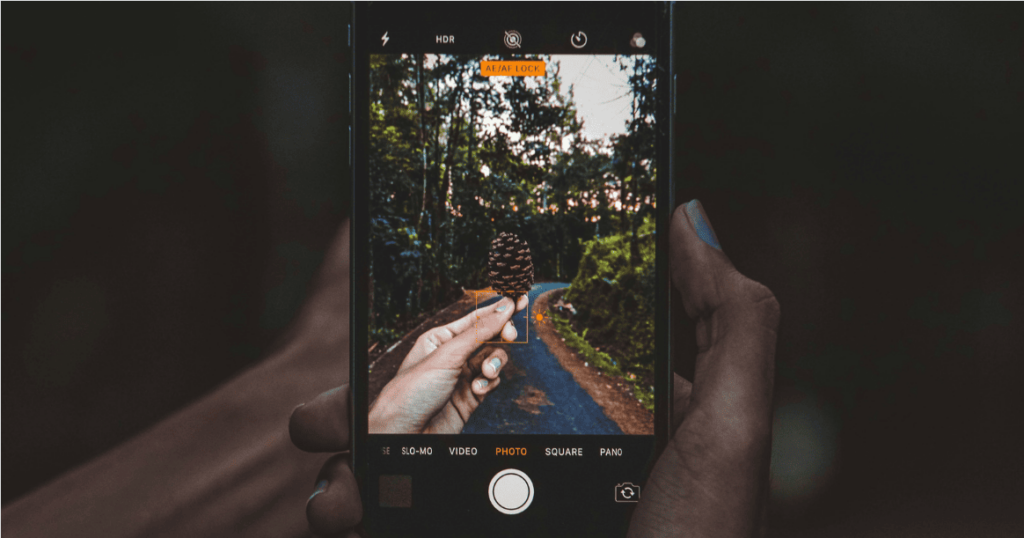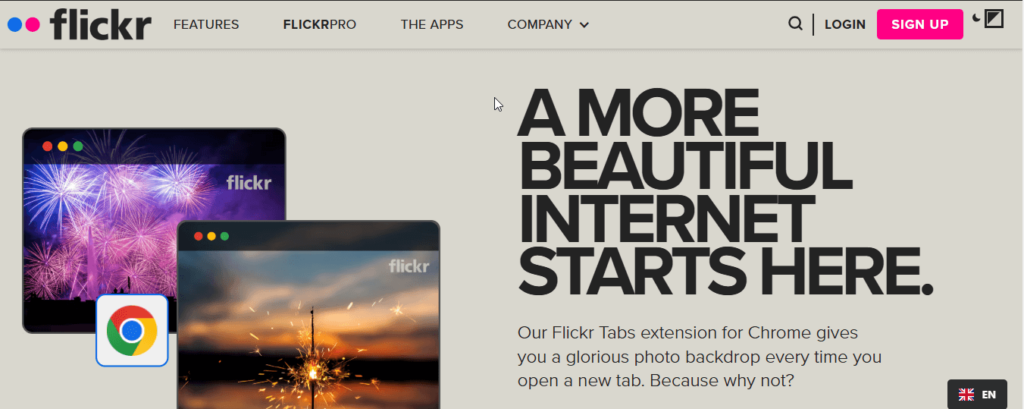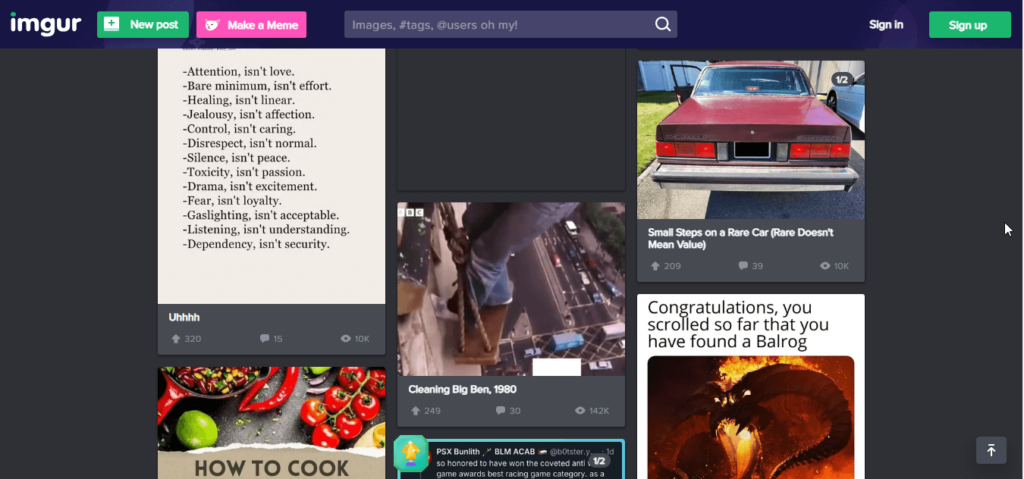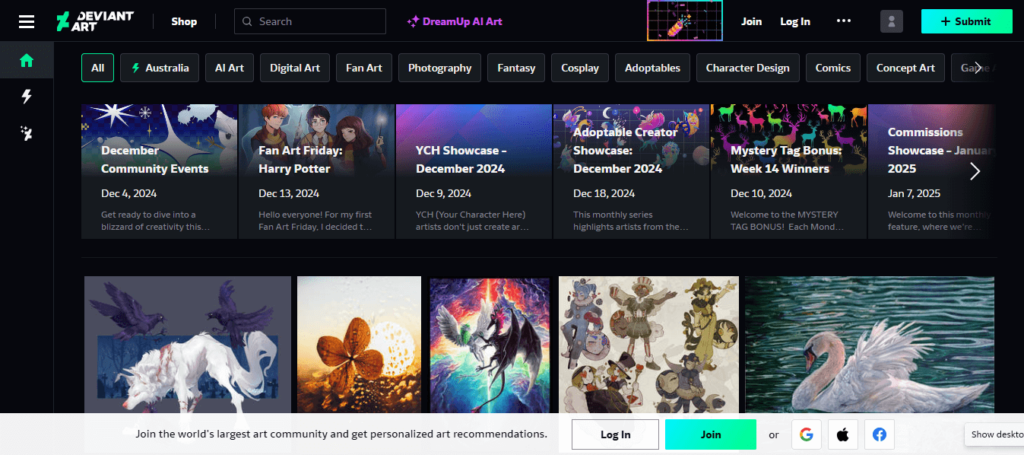Contents
- What Is Image Submission Site?
- Benefits of Image Submission Sites in SEO
- How to Submit Images to Image Submission Sites
- Top 5 Image Submission Sites for SEO Advantage
- What Factors Should I Consider When Choosing Image Submission Sites for SEO?
- Bonus Tips: How to Optimize Your Images for Submission
- Conclusion
Climb the SERPs: Image Submission Sites for SEO Advantage
Did you know that visual content drives over 60% of user engagement online? With Google’s algorithms placing more emphasis on multimedia, image submission can be a game changer for your SEO strategy. Yet, many businesses overlook this powerful tool, missing out on valuable traffic.
By submitting images to high-authority platforms, you can boost your visibility and acquire quality backlinks that enhance your site’s domain authority. This helps you stand out in search results, pushing your website closer to the top of the SERPs.
In this guide, we’ll explore how to optimize your images for submission and highlight the best image submission sites to use, giving you the edge to climb the ranks and increase your web traffic.
So, without further ado, let’s dig deeper.
What Is Image Submission Site?
An image submission site is a platform that allows you to upload and share images to gain exposure, increasing traffic, and improving SEO. These sites typically let users submit images related to specific topics, categories, or niches. By submitting your images to high-authority sites, you can gain backlinks, which help improve your website’s search engine ranking.
These platforms often have a large user base, meaning that your images can be seen by a broader audience, driving more traffic to your website. To stand out in such spaces, many creators now use AI-based tools to enhance image quality or generate unique visuals before submission, making the content more engaging and likely to attract clicks.
Additionally, when you optimize and submit images with proper alt text, descriptions, and relevant keywords, you increase the chances of your images appearing in search engine image results, further boosting your online presence.
Benefits of Image Submission Sites in SEO
Image submission sites can provide several benefits for SEO (Search Engine Optimization) when used correctly. Here are some key advantages:
i. Backlinks
Many image submission sites allow you to include a link back to your website when you upload an image. These backlinks can help improve your website’s authority and ranking in search engines.
ii. Image search visibility

Submitting your images to popular image-sharing sites increases the chances of your images appearing in image search results on major search engines like Google, Bing, and Yahoo. This can drive additional traffic to your website.
iii. Content diversity
Search engines favor websites with diverse content types, including images, videos, and text. Submitting images to various platforms can help demonstrate the multimedia richness of your website, potentially boosting your rankings.
iv. Brand awareness

Image submission sites can increase the visibility of your brand and its associated images, helping to build brand recognition and credibility.
v. Social sharing
Many image submission sites have built-in social sharing capabilities, which can amplify the reach of your visual content and drive more traffic to your website.
How to Submit Images to Image Submission Sites
Submitting images to image submission sites can be a great way to increase visibility, drive traffic, and improve SEO (Search Engine Optimization). Here’s a step-by-step guide on how to submit images to these platforms.
Step-1. Choose a reputable site
Research and select a well-known and respected image submission site that suits your needs. Popular options include Flickr, 500px, SmugMug, and ImageShack.
Step-2. Read the guidelines
Before uploading, carefully read the site’s submission guidelines, rules, and terms of service. Make sure you understand the acceptable file formats, sizes, content policies, and any restrictions.
Step-3. Prepare your images
Optimize your images for web viewing by resizing them to the recommended dimensions and file size. Use an image editing software or online tools to compress the file size without compromising quality.
Step-4. Provide metadata
Many sites allow or require you to include metadata such as titles, descriptions, tags, and keywords with your images. This information helps with organization, searchability, and attribution.
Step-5. Choose the right license
Decide whether you want to share your images under a Creative Commons license or retain all rights. Most sites offer options for licensing your work.
Step-6. Create an account
Sign up for a free account on the site you’ve chosen. Some sites may offer paid plans with additional features or storage.
Step-7. Upload your images
Follow the site’s upload process, which typically involves selecting files from your computer or providing a URL for images hosted elsewhere.
Step-8. Categorize and organize
Once uploaded, categorize your images into albums, galleries, or collections based on the site’s features. This helps keep your work organized.
After uploading, you can share your image links or galleries on social media, forums, or your website to promote your work and gain exposure.
Step-10. Engage with the community
Many image submission sites have active communities. Participate by leaving comments, joining discussions, and supporting other artists’ work.
Top 5 Image Submission Sites for SEO Advantage
Utilizing image submission sites as part of your SEO strategy can significantly enhance your online presence and visibility. These platforms serve as valuable avenues for sharing images, infographics, and visual content, helping to drive traffic to your website and improve your search engine rankings.
Here’s an overview of the top five image submission sites that offer distinct advantages for SEO:
1. Pinterest

Pinterest is one of the most influential image submission platforms, boasting over 400 million active users. It operates like a virtual pinboard, allowing users to discover, save, and share images across various categories or boards.
From DIY projects to fashion inspiration and travel destinations, Pinterest caters to a wide range of interests. Its highly visual nature makes it an ideal platform for showcasing products, services, and brand aesthetics. By optimizing your images with relevant keywords and descriptions, you can increase your visibility on Pinterest and drive organic traffic to your website.
2. Flickr

Flickr has long been recognized as a popular image hosting and sharing platform, attracting millions of photographers, artists, and enthusiasts worldwide. With its robust community features and extensive photo categorization options, Flickr offers an excellent opportunity to showcase your visual content to a diverse audience.
By participating in groups, engaging with other users, and optimizing your images with descriptive titles and tags, you can improve your chances of getting discovered on Flickr and driving traffic back to your website.
3. Instagram

Instagram has evolved into a powerhouse platform for visual content, with over 1 billion monthly active users. As a primarily mobile-based app, Instagram allows users to share photos and videos, engage with followers, and explore content through hashtags and geotags.
Businesses and brands can leverage Instagram to showcase their products, behind-the-scenes glimpses, user-generated content, and more. By maintaining a consistent posting schedule, engaging with your audience, and using relevant hashtags, you can expand your reach on Instagram and drive traffic to your website.
4. Imgur

Imgur is a popular image hosting and sharing platform known for its user-friendly interface and viral content. While initially gaining popularity as a platform for sharing memes and GIFs, Imgur has since become a hub for a wide range of visual content, including photography, illustrations, and infographics.
By uploading compelling images, participating in the community, and leveraging Imgur’s sharing features, you can increase the visibility of your content and drive traffic to your website.
5. DeviantArt

DeviantArt is a vibrant online community and marketplace for artists and creators to showcase their work. With over 44 million registered members, DeviantArt offers a diverse range of visual content, including digital art, photography, and traditional artwork.
By creating a profile, submitting your artwork to relevant categories, and engaging with the community, you can build a following on DeviantArt and drive traffic to your website or online portfolio.
What Factors Should I Consider When Choosing Image Submission Sites for SEO?
When choosing image submission sites for SEO purposes, there are several important factors to consider:

The authority and popularity of the image submission site play a crucial role in determining the SEO value. Sites with higher domain authority and more traffic tend to provide better backlinks, which can positively impact your website’s search engine rankings.
ii. Relevance
Choose image submission sites that are relevant to your industry or niche. Submitting images to topically relevant sites can help reinforce the context and relevance of your content, which search engines value.
iii. Image quality guidelines
Different sites have different image quality guidelines. Pay attention to their requirements for image size, resolution, and file format to ensure your images meet their standards and are more likely to be accepted.
iv. Backlink opportunities

Some image submission sites allow you to include a link back to your website when you submit an image. This can provide valuable backlinks, which are essential for SEO.
v. No-follow vs. do-follow links
Understand whether the image submission site provides do-follow or no-follow links. Do-follow links are more valuable for SEO as they pass link equity to your site, while no-follow links don’t directly contribute to your link profile.
vi. Image optimization
Many image submission sites allow you to include metadata, such as titles, descriptions, and tags, with your images. Optimizing this information with relevant keywords can help improve your images’ visibility in search engines.
vii. Traffic potential

While not directly related to SEO, some image submission sites can drive significant traffic to your website if your images become popular or are featured prominently on the site.
viii. Submission guidelines
Review the submission guidelines of each site to ensure you comply with their rules and policies. Violating these guidelines could result in your images being rejected or your account being suspended.
Bonus Tips: How to Optimize Your Images for Submission
Optimizing your images before submitting them to image submission sites is crucial for maximizing their impact on SEO. Here’s how to do it.
Use descriptive file names
Instead of generic names like “IMG1234.jpg,” rename your images with relevant keywords that describe the content. For example, “blue-winter-jacket.jpg” is much better for SEO than a random string of numbers.
Optimize image size
Large images can slow down your website and reduce page load speeds, which negatively impacts SEO. Use tools like TinyPNG or ImageOptim to compress images without sacrificing quality, ensuring fast load times.
Add alt text
Alt text helps search engines understand what’s in your image. Use concise, descriptive text with targeted keywords to improve accessibility and SEO. For example, “Man wearing a blue winter jacket in the snow” works better than “winter jacket.”
Use the right image format
JPEGs are great for photos, while PNGs are best for graphics with transparent backgrounds. Choosing the right format can improve both image quality and loading speed.
Mobile optimization
Ensure your images are responsive by using the correct dimensions for different devices. A mobile-friendly image will improve user experience and, in turn, boost your SEO performance.
Conclusion
Incorporating image submission sites into your SEO strategy can be a powerful way to drive more traffic, enhance visibility, and improve your rankings. By optimizing your images with descriptive file names, alt text, and the right formats, you’re not only making your content more accessible but also helping search engines understand and index it better.
With the right image submission sites, you can earn valuable backlinks, boost domain authority, and climb the SERPs more effectively. So, don’t overlook the power of visual content—start submitting your images strategically and watch your SEO efforts soar!




Leave a Reply
You must be logged in to post a comment.